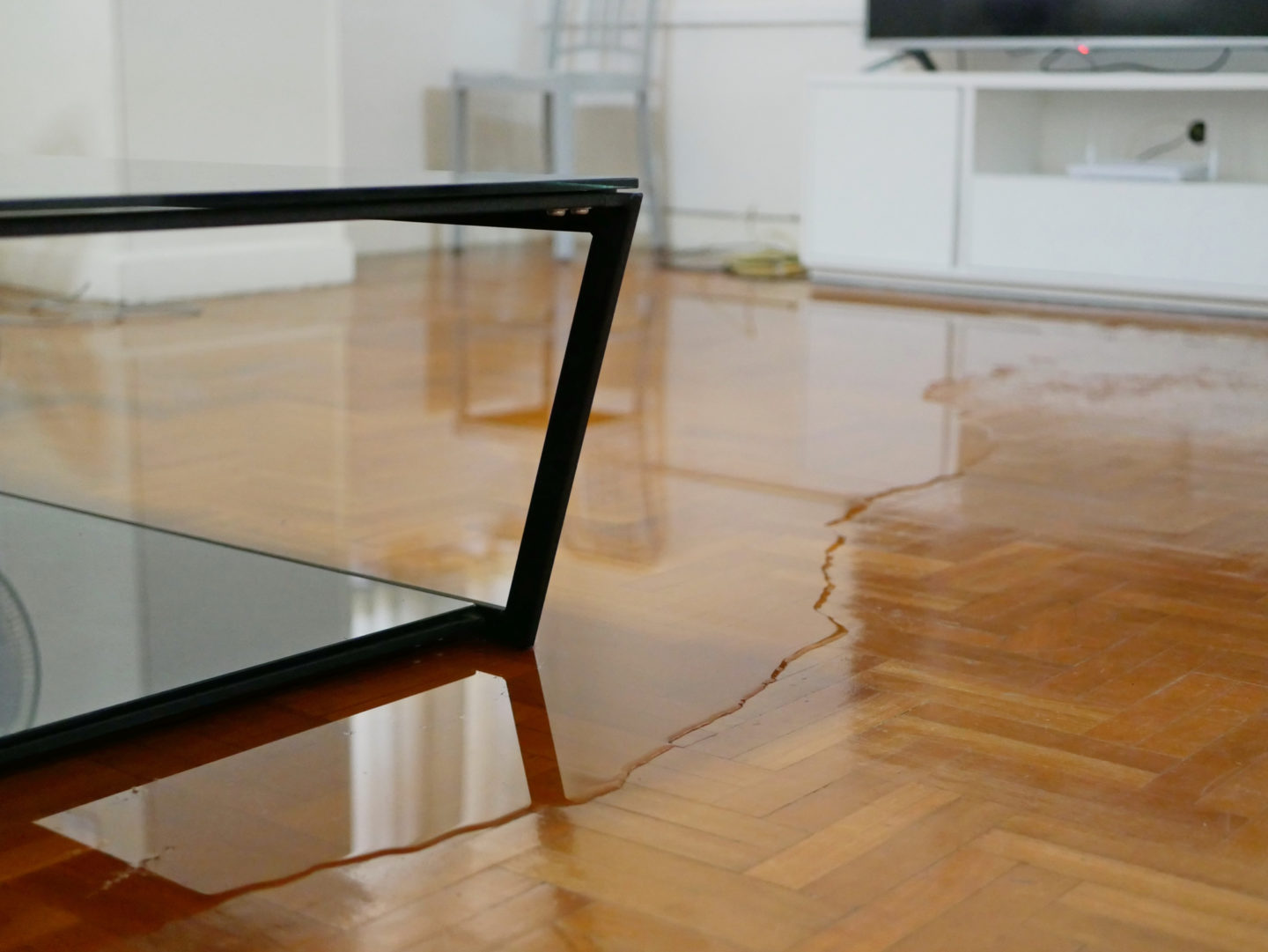Do's & Don'ts of Water Restoration.
Do's & Don'ts of Water Restoration.
Blog Article
We have uncovered this post on Keeping Your Home Safe This Holiday Season below on the net and felt it made sense to write about it with you in this article.

Though water offers life, water breach on components where it's not intended to be can result in damage. If the water saturates right into your framework, it can peel off away surfaces and also erode the structure. Mold and mold additionally grow in a moist atmosphere, which can be hazardous for your health and wellness. Homes with water damage odor musty and also old.
Water can come from many sources such as typhoons, floods, burst pipes, leakages, and drain problems. In case you experience water damage, it would certainly be great to know some security precautions. Here are a few guidelines on how to manage water damages.
Do Prioritize Home Insurance Coverage Protection
Water damage from flood dues to hefty winds is seasonal. You can additionally experience a sudden flooding when a malfunctioning pipe instantly breaks into your home. It would certainly be best to have house insurance that covers both acts of God such as natural disasters, as well as emergencies like damaged plumbing.
Do Not Forget to Turn Off Energies
In case of a disaster, particularly if you reside in a flood-prone location, it would be suggested to turn off the major electrical circuit. This removes power to your entire house, stopping electrical shocks when water is available in as it is a conductor. Moreover, don't fail to remember to shut off the primary water line shutoff. Furnishings will relocate about and also create damages when floodwaters are high. Having the primary shutoff shut off protects against more damages.
Do Keep Proactive as well as Heed Climate Informs
Listen to evacuation warnings if you live near a river, lake, or creek . Doing so minimizes potential residential or commercial property damages.
Do Not Disregard the Roof
You can stay clear of rain damages if there are no holes as well as leaks in your roof covering. This will certainly protect against water from flowing down your wall surfaces and saturating your ceiling.
Do Take Notice Of Little Leakages
A ruptured pipeline doesn't take place over night. Usually, there are warnings that suggest you have deteriorated pipes in your house. As an example, you might see gurgling paint, peeling off wallpaper, water touches, water discolorations, or dripping sounds behind the wall surfaces. At some point, this pipe will burst. Preferably, you need to not wait on things to intensify. Have your plumbing repaired prior to it causes substantial damage.
Don't Panic in Case of a Burst Pipe
Maintaining your clearheadedness is vital in a time of dilemma. Because it will suppress you from acting quickly, panicking will only worsen the problem. When it concerns water damage, timing is crucial. The longer you wait, the more damages you can expect. Hence, if a pipeline bursts in your home, immediately shut off your major water shutoff to cut off the resource. Unplug all electrical outlets in the location or turn off the circuit breaker for that part of the residence. Call a trusted water damages reconstruction professional for support.
Water offers life, water breach on parts where it's not supposed to be can result in damages. Homes with water damage scent old and also mildewy.
Water damages from flooding charges to heavy winds is seasonal. You may see bubbling paint, peeling wallpaper, water touches, water stains, or trickling audios behind the wall surfaces. When it comes to water damage, timing is crucial.
Some Do's & Don't When Dealing with a Water Damage
DO:
Make sure the water source has been eliminated. Contact a plumber if needed. Turn off circuit breakers supplying electricity to wet areas and unplug any electronics that are on wet carpet or surfaces Remove small furniture items Remove as much excess water as possible by mopping or blotting; Use WHITE towels to blot wet carpeting Wipe water from wooden furniture after removing anything on it Remove and prop up wet upholstery cushions for even drying (check for any bleeding) Pin up curtains or furniture skirts if needed Place aluminum foil, saucers or wood blocks between furniture legs and wet carpet Turn on air conditioning for maximum drying in winter and open windows in the summer Open any drawers and cabinets affected for complete drying but do not force them open Remove any valuable art objects or paintings to a safe, dry place Open any suitcases or luggage that may have been affected to dry, preferably in sunlight Hang any fur or leather goods to dry at room temperature Punch small holes in sagging ceilings to relieve trapped water (don't forget to place pans beneath!); however, if the ceiling is sagging extremely low, stay out of the room and we'll take care of it DO NOT:
Leave wet fabrics in place; dry them as soon as possible Leave books, magazines or any other colored items on wet carpets or floor Use your household vacuum to remove water Use TV's or other electronics/appliances while standing on wet carpets or floors; especially not on wet concrete floors Turn on ceiling fixtures if the ceiling is wet Turn your heat up, unless instructed otherwise

Do you really like more info about 5 Home Safety Tips To Reduce The Risk Of Fire And Water Damage? Leave a remark down the page. We'd be delighted to see your ideas about this review. We hope to see you back again in the near future. Sharing is nice. Helping people is fun. Thanks a lot for your time invested reading it.
Report this page